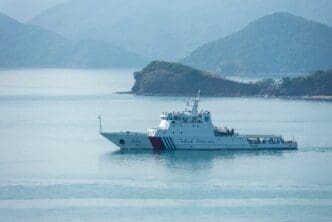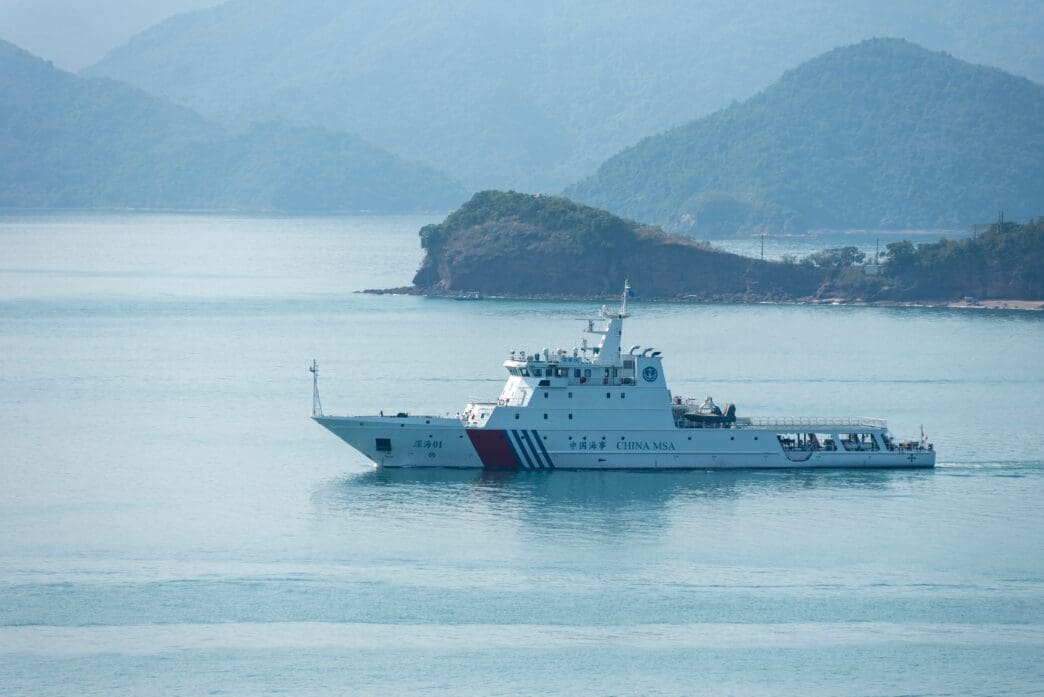Executive Summary
The Story So Far
Why This Matters
Who Thinks What?
MANILA/BEIJING – The Philippines and China exchanged accusations on Sunday, October 12, 2025, following a maritime confrontation in the South China Sea that involved water cannons and the ramming of vessels near disputed islands. The incident has further escalated tensions in the resource-rich and strategically vital waterway, with both nations blaming the other for instigating the clash.
Incident Details
The Philippine Maritime Council, an inter-agency government body, condemned what it described as aggressive actions by Chinese maritime forces. According to Manila’s account, Chinese vessels deployed water cannons and rammed a Filipino vessel near the Philippine-occupied Thitu Island, also known as Pag-asa.
Manila’s coast guard reported that three Filipino vessels, involved in a government program to protect local fishermen, were anchored near the island when Chinese ships approached. An hour later, a Chinese coast guard ship allegedly fired its water cannon directly at a Philippine vessel before ramming its stern, causing minor damage but no injuries.
Conversely, China’s coast guard stated that two Philippine government vessels “illicitly entered” waters near Sandy Cay, a coral reef within the Spratly Islands. Beijing asserted that a Philippine vessel “dangerously approached” a Chinese coast guard ship, for which it held Manila responsible.
Diplomatic and International Reactions
Following the incident, the Philippine Maritime Council vowed to pursue “appropriate diplomatic action” and emphasized its commitment to continue operations in the area to protect the livelihood of Filipino fishermen.
The U.S. Ambassador to the Philippines, MaryKay Carlson, publicly condemned China’s actions. In a post on social media platform X, Carlson described the events as “dangerous ramming” and “aggressive actions” in the South China Sea.
Broader Context of Disputes
This confrontation marks the latest in a series of incidents in the disputed area, which forms part of the Spratly Islands. Tensions have intensified recently, particularly concerning the Scarborough Shoal and other contested regions within the South China Sea.
China claims nearly the entire South China Sea, a stance contested by several other nations. Brunei, Indonesia, Malaysia, the Philippines, and Vietnam also assert claims over portions of the waterway, which serves as a crucial global trade route facilitating over $3 trillion in annual ship-borne commerce.
Ongoing Tensions
The latest maritime clash underscores the persistent and escalating nature of territorial disputes in the South China Sea. With both the Philippines and China maintaining their positions and asserting their rights, the region remains a flashpoint for international concern.








